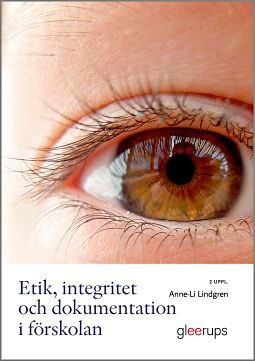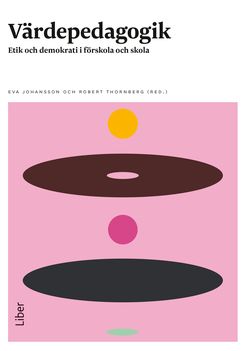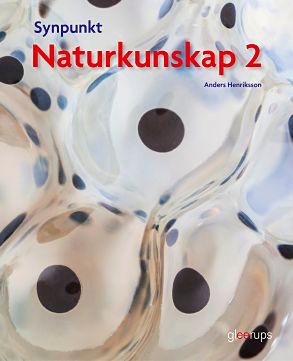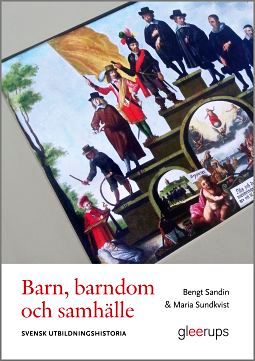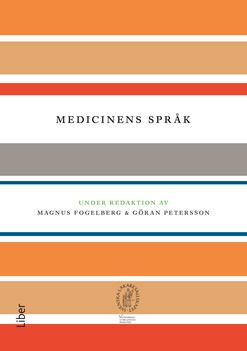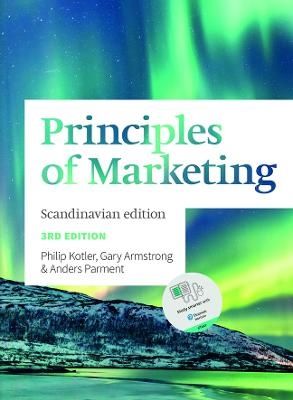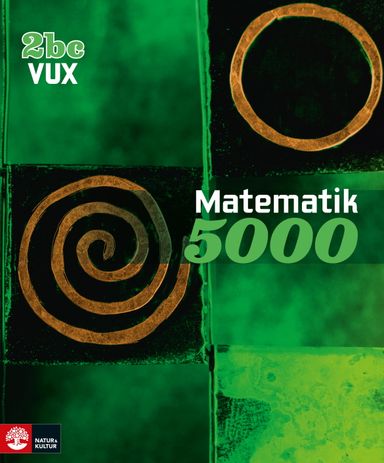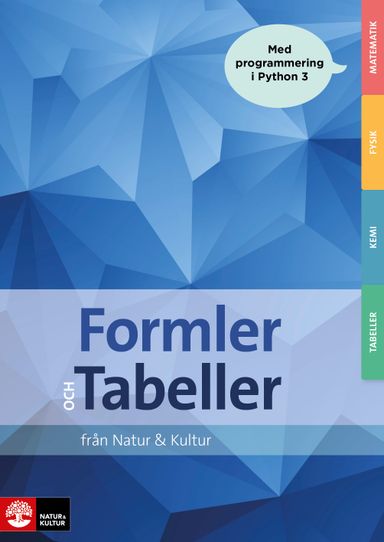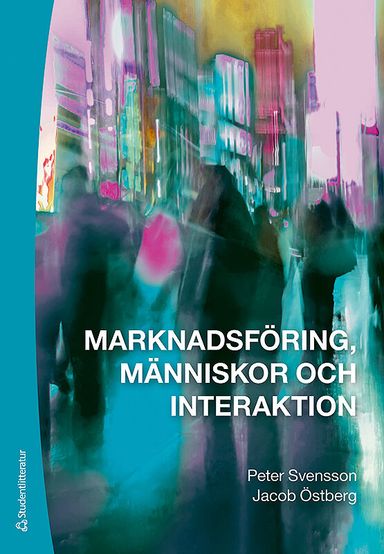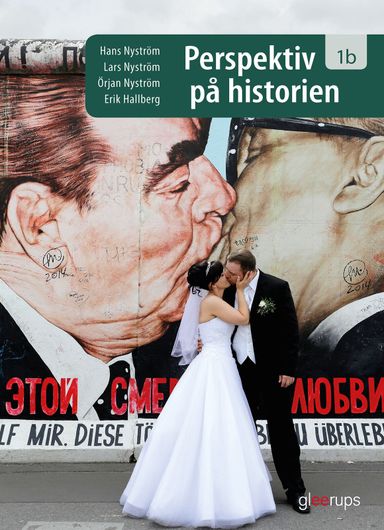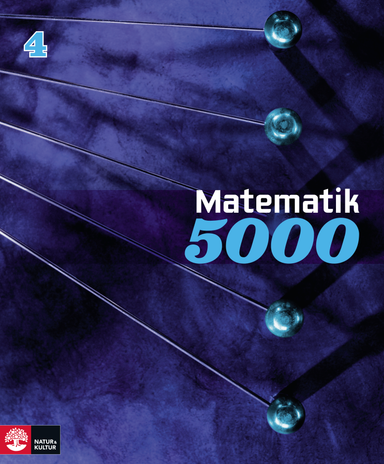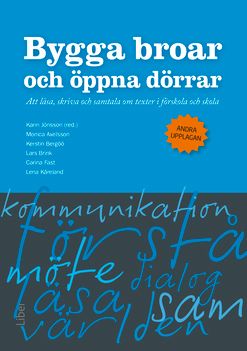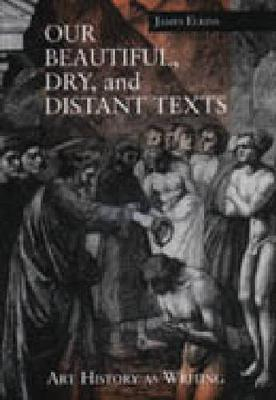

Our Beautiful, Dry, and Distant Texts
- Utgiven: 1997
- ISBN: 9780271016306
- Sidor: 312 st
- Förlag: Pennsylvania State University Press
- Format: Inbunden
- Språk: Engelska
Om boken
How do psychoanalytic, semiotic, deconstructive, and other interpretations represent works of art? What can they see, and what must they miss? In Our Beautiful, Dry, and Distant Texts, Elkins suggests that the philosophic problems posed by these questions are essentially insuperable because philosophy makes demands of visual artifacts that they can answer only by becoming mirror images of philosophic discourse.
Elkins argues that writing is what art historians produce, and, whether such writing is a transparent vehicle for the transmission of facts or an embattled forum for the rehearsal of institutional relations and constructions of history, it is an expressive medium, with the capacity for emotion and reflection. Therefore, it needs to be taken seriously for its own sake: it is the testament of art history and of individual historians, and it is only weakened and slighted by versions of history that imagine it either as uncontrolled dissemination or objective discovery and reporting.
Elkins's investigation is not a prescription for opening art history to new influences or for focusing it on particular problems. It is a plea for circumspection in the entire endeavor of trying to force images into words, and in the curious vocation of writing the history of art.
Åtkomstkoder och digitalt tilläggsmaterial garanteras inte med begagnade böcker
Mer om Our Beautiful, Dry, and Distant Texts (1997)
I september 1997 släpptes boken Our Beautiful, Dry, and Distant Texts skriven av James Elkins. Den är skriven på engelska och består av 312 sidor. Förlaget bakom boken är Pennsylvania State University Press.
Köp boken Our Beautiful, Dry, and Distant Texts på Studentapan och spara pengar.
Referera till Our Beautiful, Dry, and Distant Texts
Harvard
Elkins, J. (1997). Our Beautiful, Dry, and Distant Texts. Pennsylvania State University Press.
Oxford
Elkins, James, Our Beautiful, Dry, and Distant Texts (Pennsylvania State University Press, 1997).
APA
Elkins, J. (1997). Our Beautiful, Dry, and Distant Texts. Pennsylvania State University Press.
Vancouver
Elkins J. Our Beautiful, Dry, and Distant Texts. Pennsylvania State University Press; 1997.

